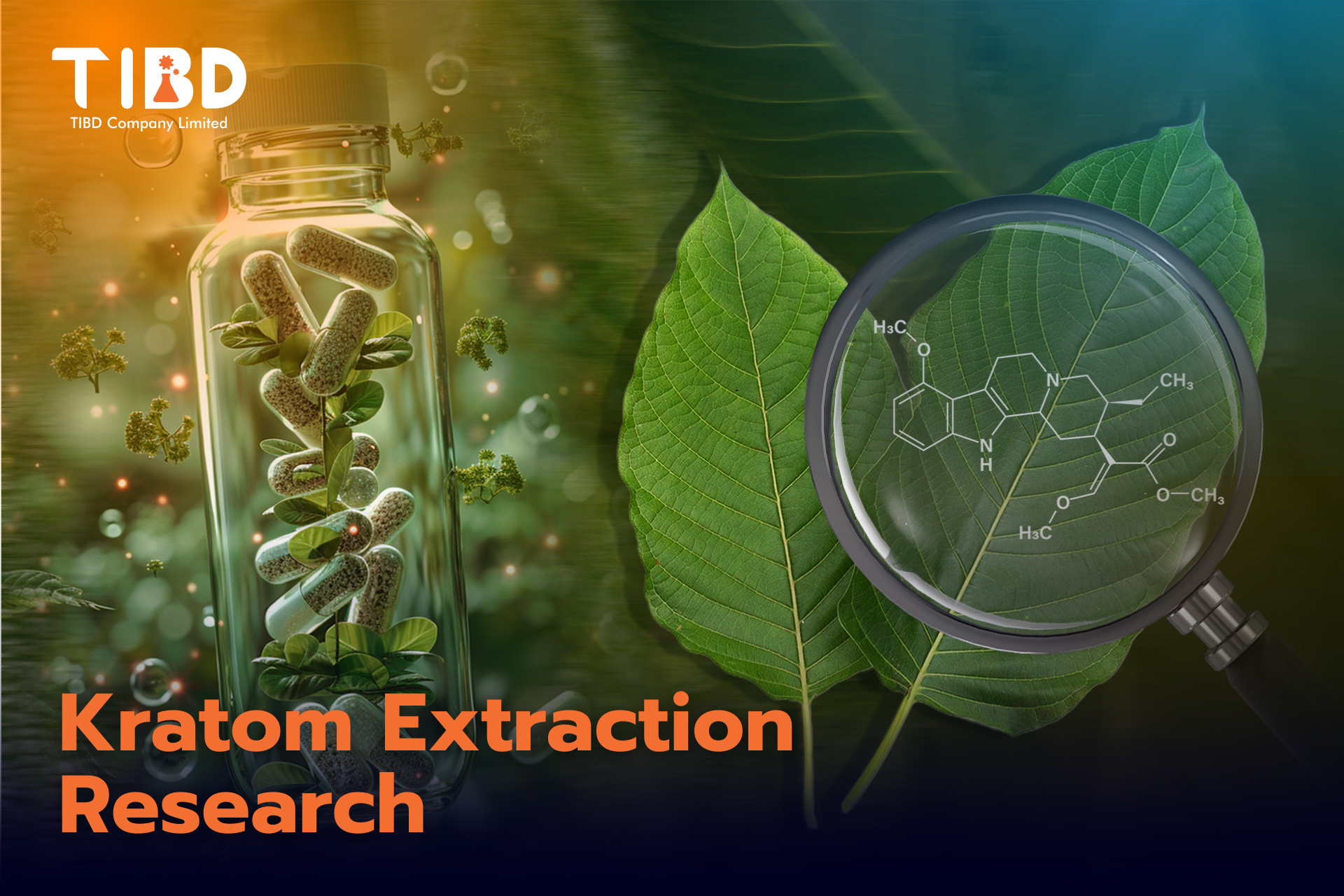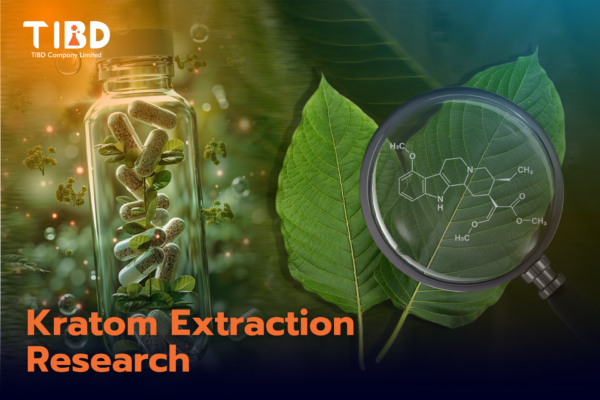Deep dive into “Kratom Research”
with multi-dimensional extraction techniques for high-quality and international standard kratom extracts.
Kratom (Mitragyna speciosa) has garnered rising interest in the herbal and health-product sectors, spanning medical research, agriculture, and various industries. Conducting thorough kratom research is crucial to uncovering this plant’s rich potential—from identifying active compounds and chemical profiles to developing efficient extraction methods that yield top-quality kratom extracts meeting international standards.
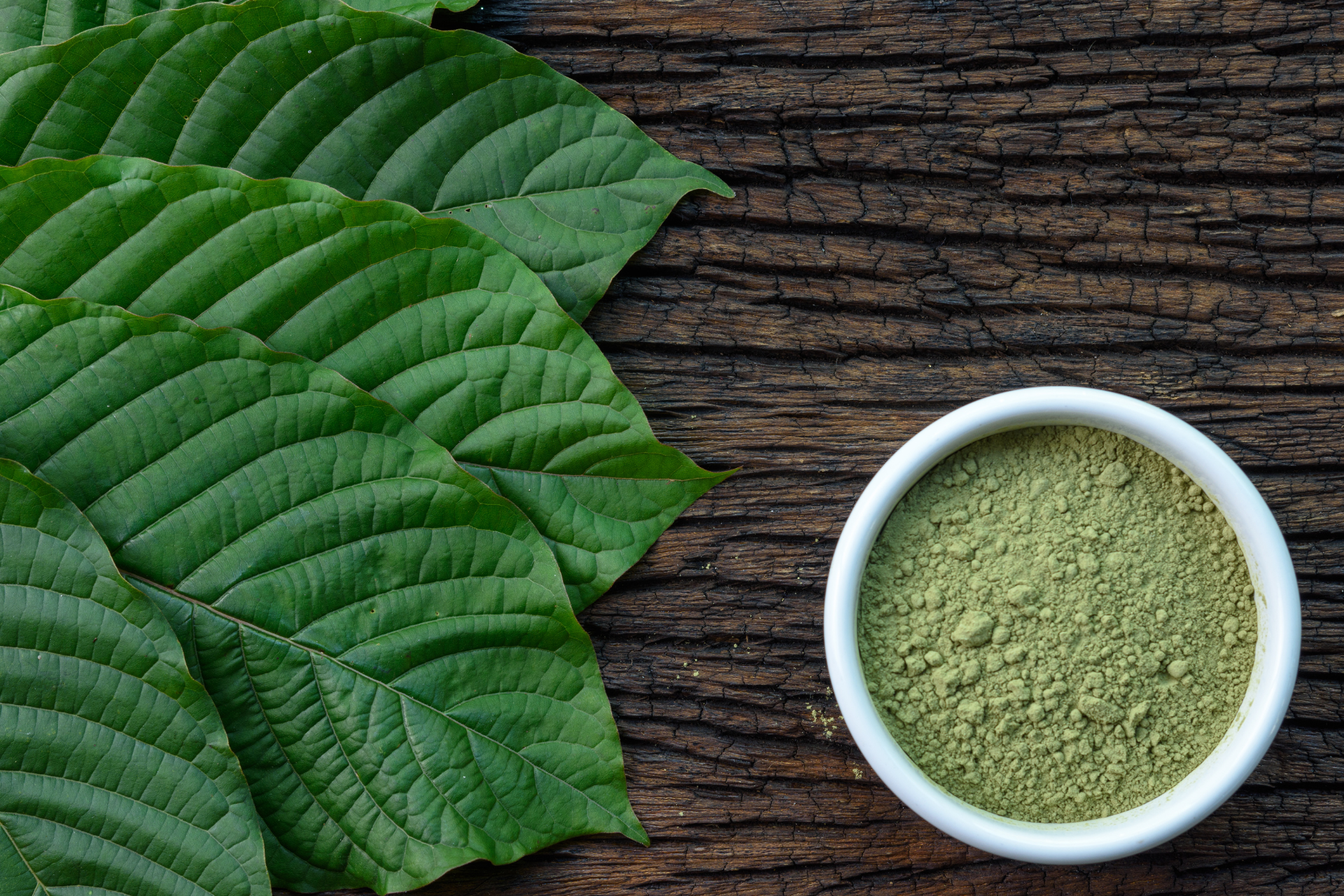
Kratom Extraction is a complex scientific process blending in-depth botanical chemistry knowledge with advanced extraction technologies to isolate active compounds (alkaloids) in high concentrations, suitable for various product applications.
Key Active Compounds in Kratom: Alkaloids and Their Unique Properties
Kratom extraction focuses on drawing out the plant’s active substances, predominantly alkaloids:
- Mitragynine
- The principal alkaloid found in kratom leaves.
- Reports suggest analgesic (pain-relieving) effects and notable impact on the nervous system.
- Concentration can vary by cultivar and cultivation conditions, making extraction parameters that preserve mitragynine a primary goal in kratom research.
- 7-hydroxymitragynine
- A derivative of mitragynine with certain pronounced effects, including stronger analgesic properties.
- Though present in smaller amounts, it’s crucial for pharmacological applications.
- Many kratom extraction studies aim to optimize conditions that effectively isolate this potent compound.
- Paynantheine and Speciogynine
- Lesser alkaloids potentially providing muscle relaxant or anti-inflammatory actions.
- May play synergistic roles in kratom extracts for enhanced overall efficacy.
- Other Compounds (Polyphenols, Flavonoids)
- While alkaloids take center stage, kratom also contains polyphenols and flavonoids that may contribute antioxidant properties.
- These can be valuable for specific product formulations such as beauty or skincare lines.
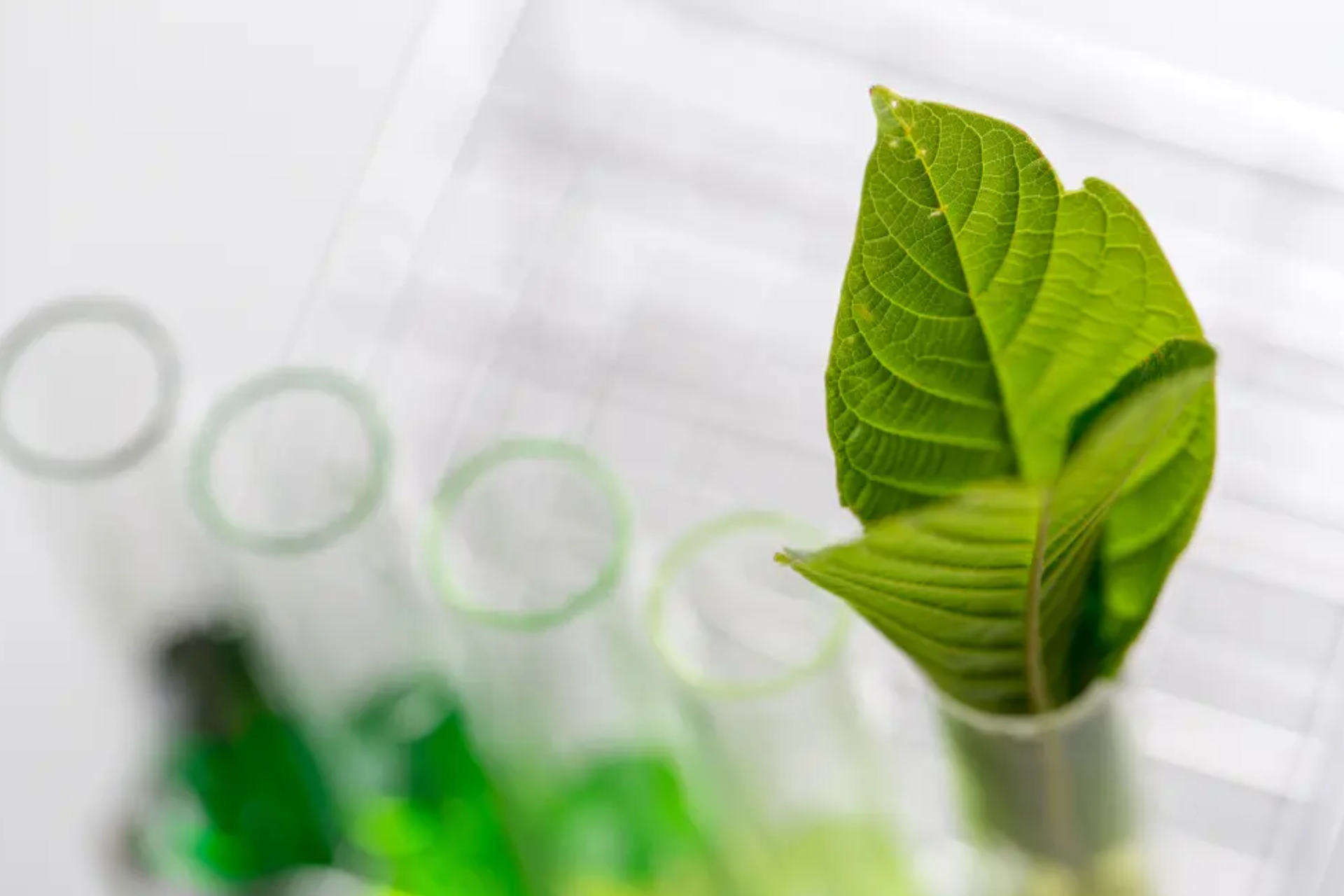
Kratom Extraction Techniques: Which Method Fits Your Goal?
To ensure kratom research success, choose an extraction method aligned with your target compounds and end-product objectives. Each technique impacts yield levels and compound stability differently.
วิจัยกระท่อม ให้ประสบความสำเร็จต้องอาศัย “เทคนิคการสกัด” ที่เหมาะสมกับเป้าหมายและชนิดสารที่ต้องการ เนื่องจากแต่ละวิธีให้ผลลัพธ์แตกต่างกัน ทั้งด้านปริมาณสารสำคัญและความคงตัวของสาร
Solvent Extraction
- Ethanol Extraction
- Uses ethanol, which has a relatively low boiling point for easier evaporation.
- Captures primary alkaloids like mitragynine and 7-hydroxymitragynine, plus some polyphenols.
- Widely adopted in industrial kratom extraction for food-grade consumer products.
- Methanol Extraction
- More polar solvent that broadens the range of extracted active compounds, including alkaloids and phenolic substances.
- Has higher toxicity than ethanol, so it’s best suited for lab-scale research rather than direct consumer products.
- Hexane Extraction
- Non-polar, ideal for terpenes and oils.
- Often used as a fractionation step post-polar extraction to separate specific non-polar components.
Modern Extraction Technologies
- Supercritical CO2 Extraction
- Utilizes carbon dioxide under high pressure and temperature (beyond its critical point) to selectively dissolve target compounds.
- Produces pure extracts free from solvent residue, suitable for the supplement and cosmetic industries.
- Parameters can be fine-tuned to focus on mitragynine or 7-hydroxymitragynine.
- Ultrasonic-Assisted Extraction (UAE)
- Ultrasonic waves disrupt plant cells, boosting solvent diffusion rates.
- Reduces time and solvent use compared to traditional boiling.
- Ideal for lab-scale testing.
- Microwave-Assisted Extraction (MAE)
- Uses microwave energy to excite moisture and compounds inside the plant matrix, aiding faster release.
- Time-efficient; careful temperature management protects heat-sensitive alkaloids.
- An alternative approach to kratom extraction research for enhancing compound yield.
Quantitative & Qualitative Analysis of Kratom Extracts
Post-kratom extraction, thorough analysis is critical to confirm which active compounds are present and at what levels:
- HPLC (High-Performance Liquid Chromatography)
- Accurately separates and measures primary alkaloids like mitragynine and 7-hydroxymitragynine.
- Modify columns and mobile phases to target specific compounds.
- GC-MS (Gas Chromatography – Mass Spectrometry)
- Suited for volatile compounds (e.g., essential oils or terpenes).
- Identifies molecular structures and potential contaminants.
- Spectrophotometric Analysis
- Assesses UV-Vis absorbance to estimate polyphenols or flavonoids.
- Useful for initial screening of multiple samples under time constraints.
These quantitative and qualitative evaluations enable researchers and manufacturers to optimize extraction efficiency and set quality benchmarks for kratom extracts.
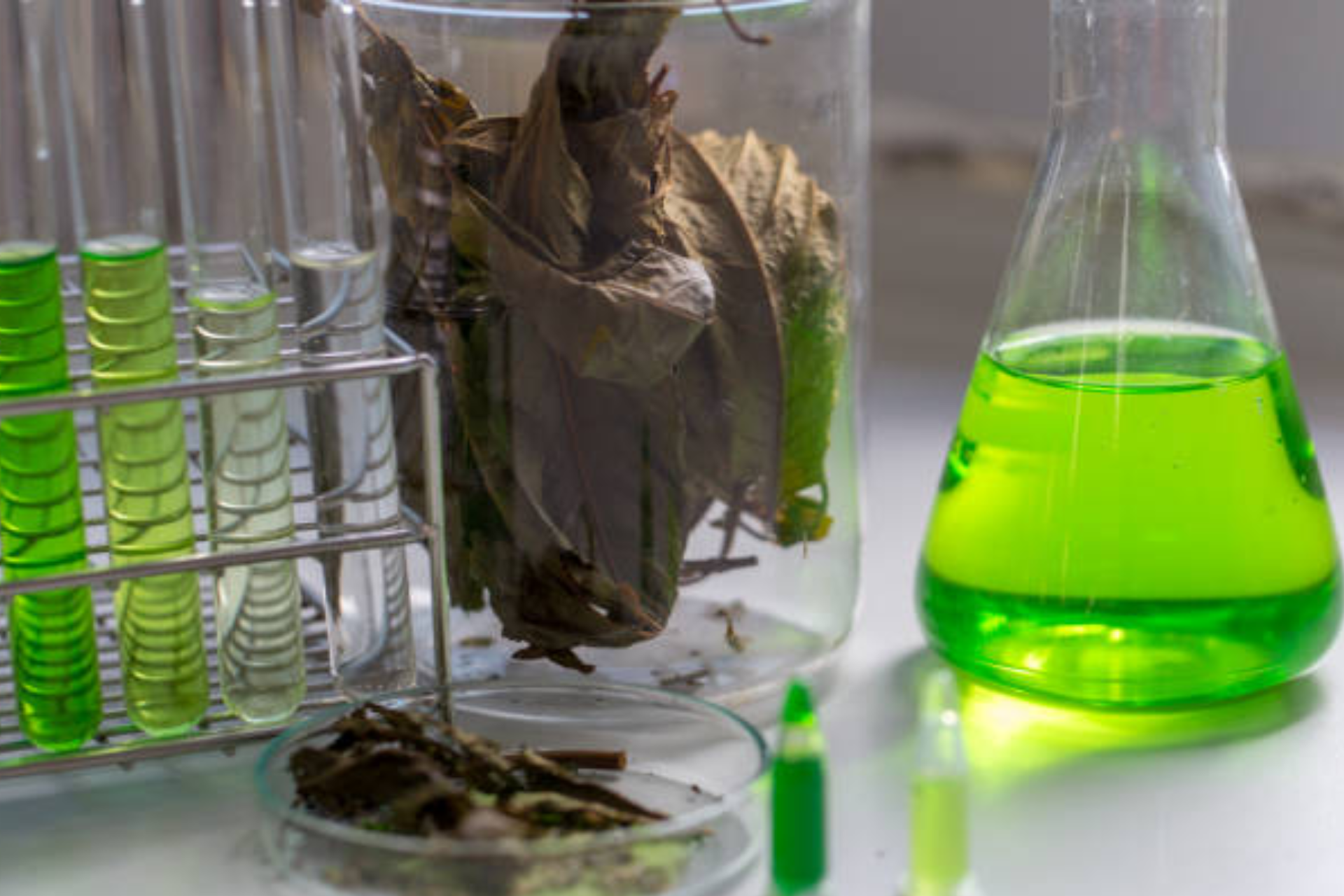
Benefits and Opportunities from Kratom Research
- Dietary Supplements & Health Products
- Noted analgesic, anti-inflammatory, and antioxidant properties make kratom extraction appealing for health-focused supplements.
- Comprehensive kratom research helps identify high-alkaloid strains that align with functional markets.
- Cosmetics & Beauty
- Polyphenols or flavonoids in kratom extracts may provide antioxidant benefits for skin.
- Potential to create unique skincare products with standout marketing claims.
Comprehensive Kratom Extraction Research Services
- Technical Consultation
- Our biochemistry and herbal expertise guide everything from strain selection to kratom extraction planning at various scales.
- Extraction Design & Methods
- Choose from multiple extraction techniques—Solvent Extraction, Supercritical CO2, Ultrasonic, Microwave—depending on target compounds.
- Control variables rigorously to gauge extraction performance.
- Quality & Safety Analysis
- Use advanced analytical tools to measure mitragynine, 7-hydroxymitragynine, and other compounds.
- Screen for heavy metals, solvent residues, or microbial contaminants to ensure safe kratom extracts.
- Marketing & Cost Planning
- After obtaining an extract that meets industry standards, evaluate cost-effectiveness and build a commercialization strategy.
- Scale Flexibility
- Lab Scale: Perfect for optimizing extraction formulas and proof-of-concept work.
- Pilot Scale: Tests business feasibility before large-scale factory investment.
Leading the Way with Quality Kratom Research and Extraction
from selecting the best extraction techniques to isolating main alkaloids like mitragynine and 7-hydroxymitragynine. A systematic, scientifically rigorous approach yields high-quality kratom extracts—recognized for both efficacy and safety on the international stage.
Entrepreneurs, researchers, and industry professionals looking to excel in the kratom extract market should partner with specialists in both extraction science and market strategy. This synergy fosters credible products and sustained consumer confidence.
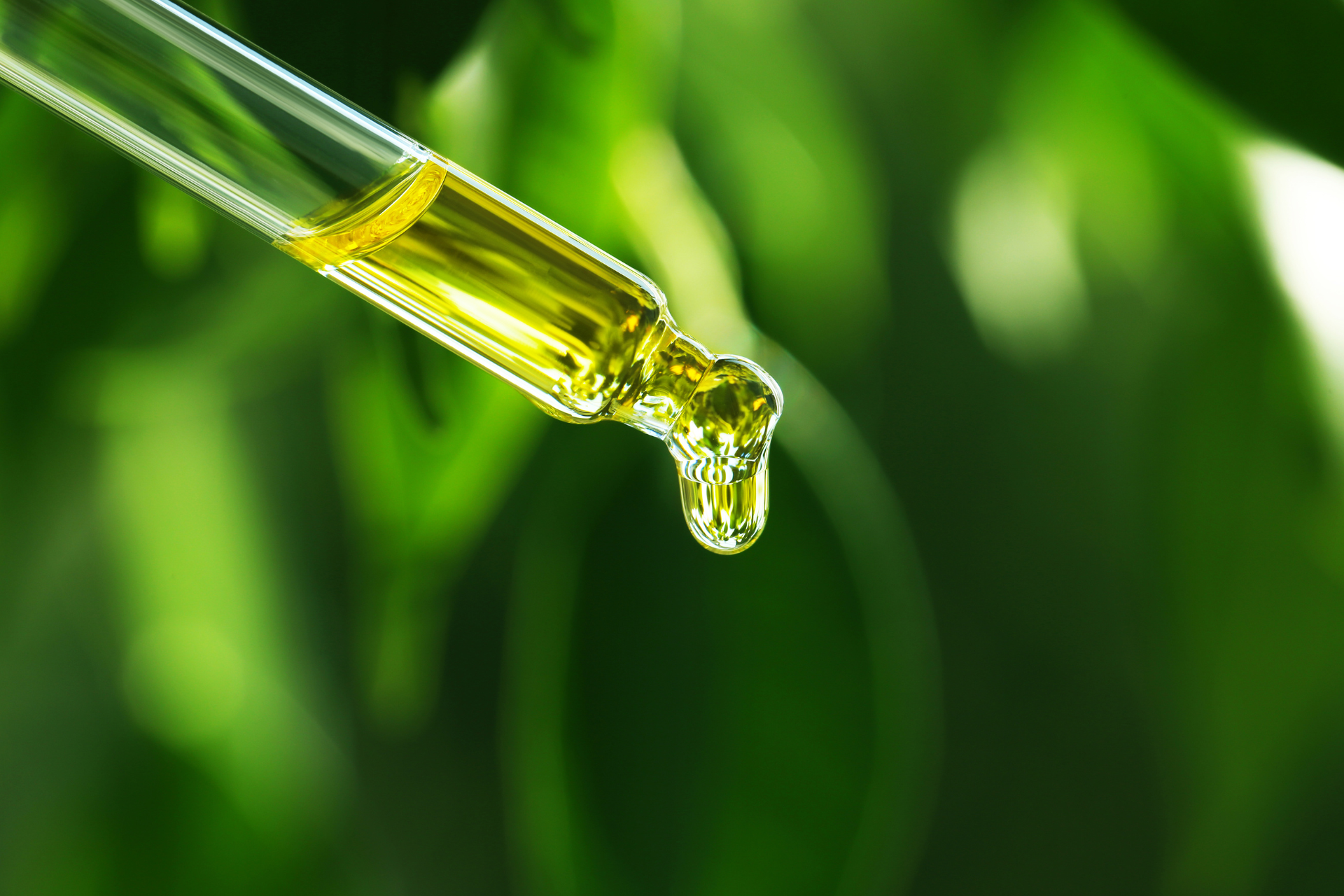
Seeking a reliable “kratom research service” to advance kratom extraction and develop kratom extracts that meet global standards? Contact TIBD today. Click here
We’ll guide you through:
- Upstream: Strain selection and cultivation support
- Downstream: Kratom extraction research design and in-depth quality testing
- Business & Marketing: Cost planning and strategic positioning to thrive in every competitive arena!


